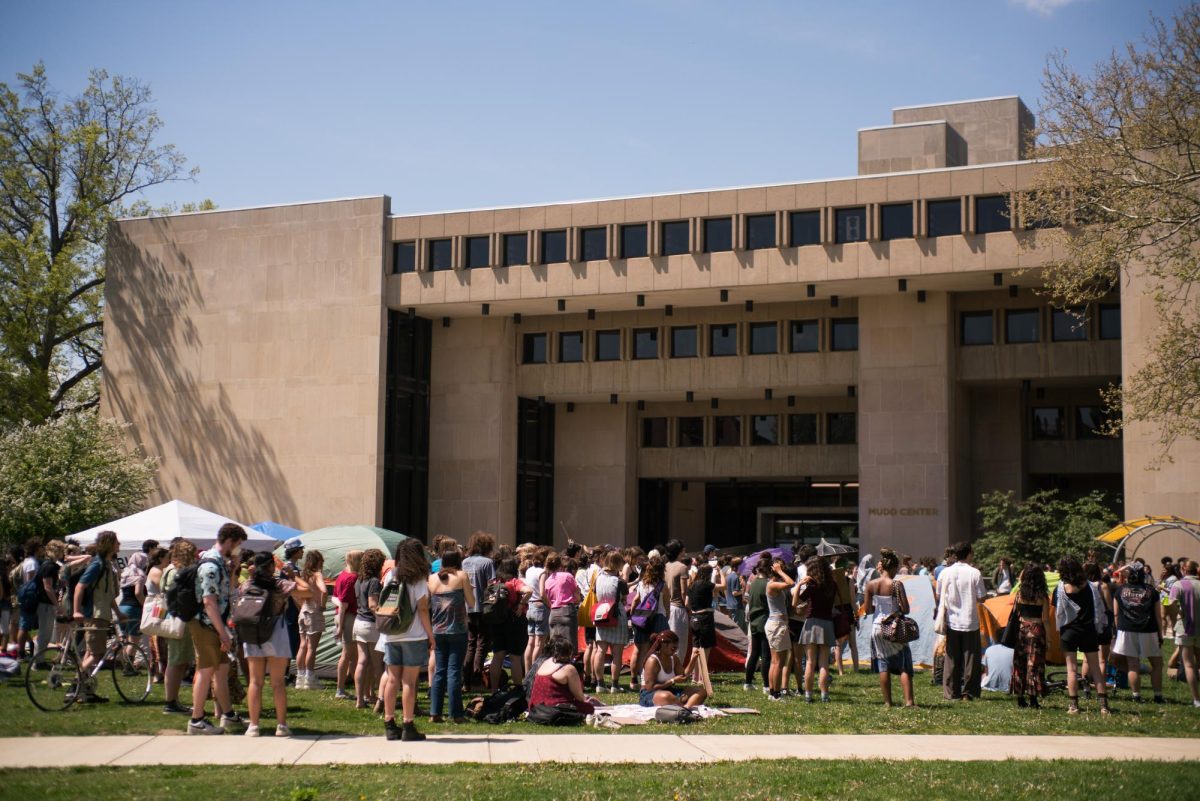To the Editors:
Thank you to both writers who commented last week on a particular space in town, the bit of land just east of IGA and the landscaping company, known as Green Acres (“Keep Green Acres Green,” “Oberlin Student in Favor of Energy Innovation Act, Concerning Green Acres Development,” The Oberlin Review, April 19, 2024). Indeed, there is much for any journalist to dig into, explain, and most of all, contextualize. Without key information, you have both raised notions which are understandable guesses and assumptions — which have big flaws.
Housing issues in the town are, very simply and importantly, driven by the College. Housing in our society is a lagging consideration. Our society does not build housing first, and then build places of employment and retail to serve the housing. Rather, it is the reverse. “Jobs” happen in some places, retail “pops up” in former farmland, and then people try to figure out where the high-income people, the middle-income people, and the low-income people will live. Expensive housing markets make this more difficult — and they appear where there are clusters of highly-paid people.
Oberlin College is 190 years old. In just the last five years, the College has destroyed many houses, and just 30 years ago, all of the following streets were lined with houses in which townspeople lived (very few included student rentals): Professor, Union, Woodland, Cedar, and Elm Streets. The College destroyed town housing in all of these neighborhood areas, typically by purchasing houses, using them temporarily for student housing, and then demolishing them (on the grounds of claims of disrepair). The College took over the Firelands building to use as a student dorm, all seven floors of which had housed townspeople and had especially provided affordable senior housing and a very short walk to downtown.
The College has increased the number of temporary or “visiting” professors and does not require that professors live in Oberlin, so there are more commuting professors and professors who feel little responsibility to the town. The fewer College faculty and staff send their children to Oberlin’s public schools, the more the public schools struggle.
So, it is not a classic “economy vs. environment” case. Housing is not the economic “spur.” Sadly, the City has not only explored other areas for housing, but has recently fast-tracked the sprawl way south of Oberlin’s center, giving permission to an inexperienced for-profit, non-Oberlin company (Omega Health Services, which has so far only run sober living facilities) to build housing for hundreds of people (500 or more?) next to Walmart. If you care about green space or nature or climate chaos, you understand why we must not keep paving and building on “open land” north and “south of town.” And why the actual goal is to recreate a small town’s balance of housing to suit the people who work and raise families in Oberlin.
If we want the Green Acres area to stay green and promote sustainable local living, I recommend creatively providing housing for non-students close to campus again, and fruitfully making the space an educational “agroforestry” garden and orchard.






